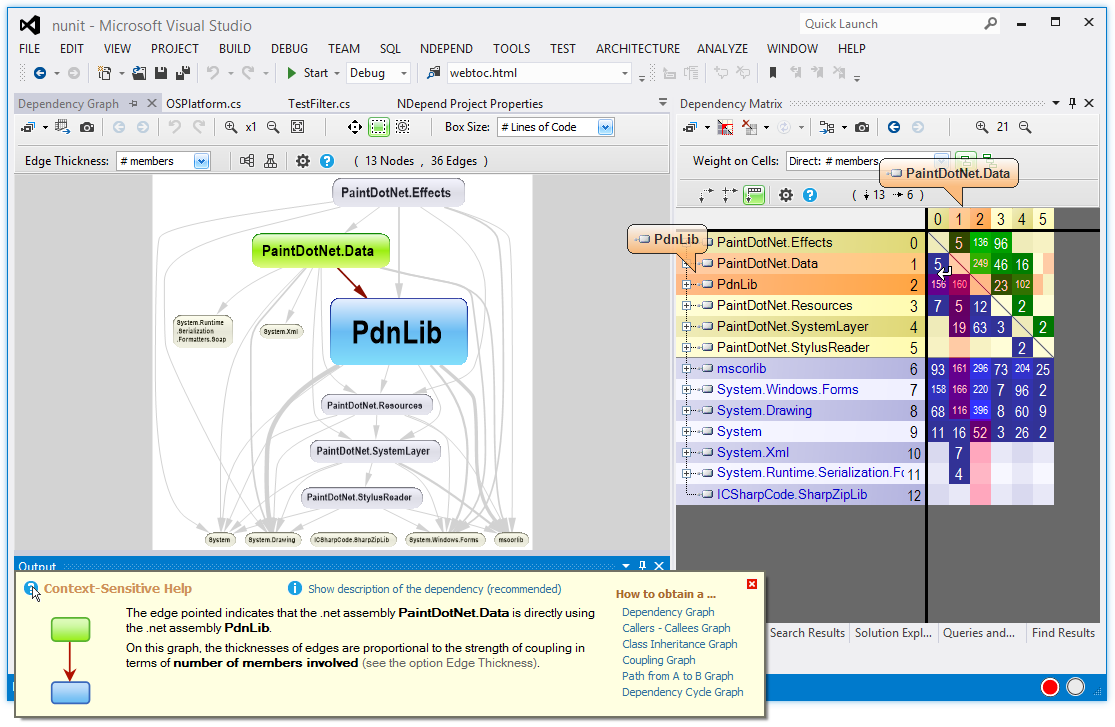If we had a defined hierarchy in an application. For ex a 3 - tier architecture, how do we restrict subsequent developers from violating the norms?
For ex, in case of MVP (not asp.net MVC) architecture, the presenter should always bind the model and view. This helps in writing proper unit test programs. However, we had instances where people directly imported the model in view and called the functions violating the norms and hence the test cases couldn't be written properly.
Is there a way we can restrict which classes are allowed to inherit from a set of classes? I am looking at various possibilities, including adopting a different design pattern, however a new approach should be worth the code change involved.

